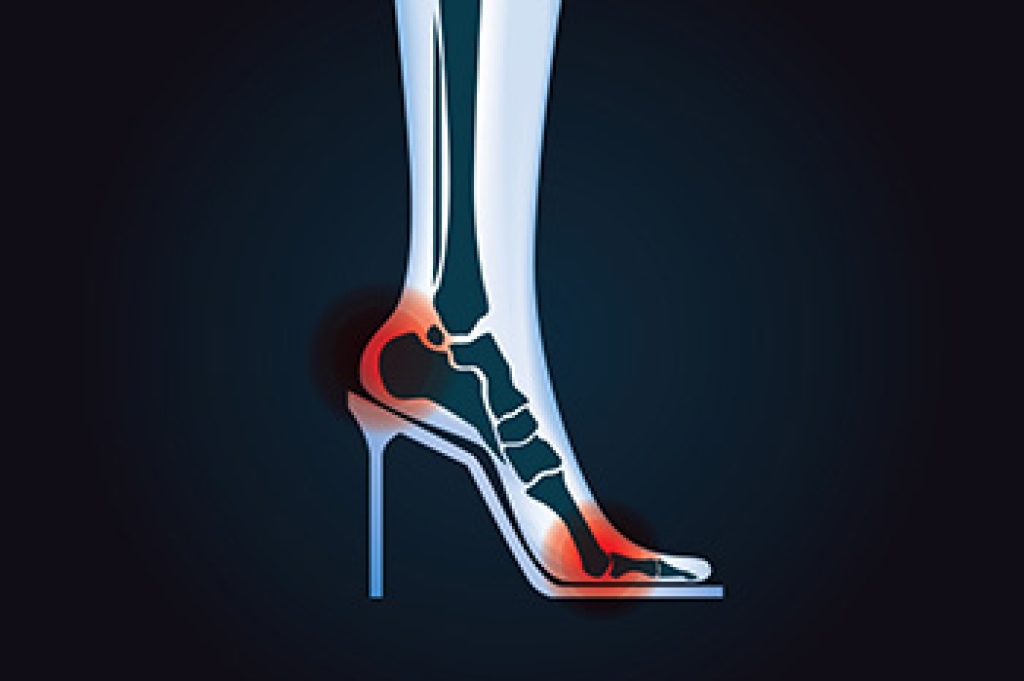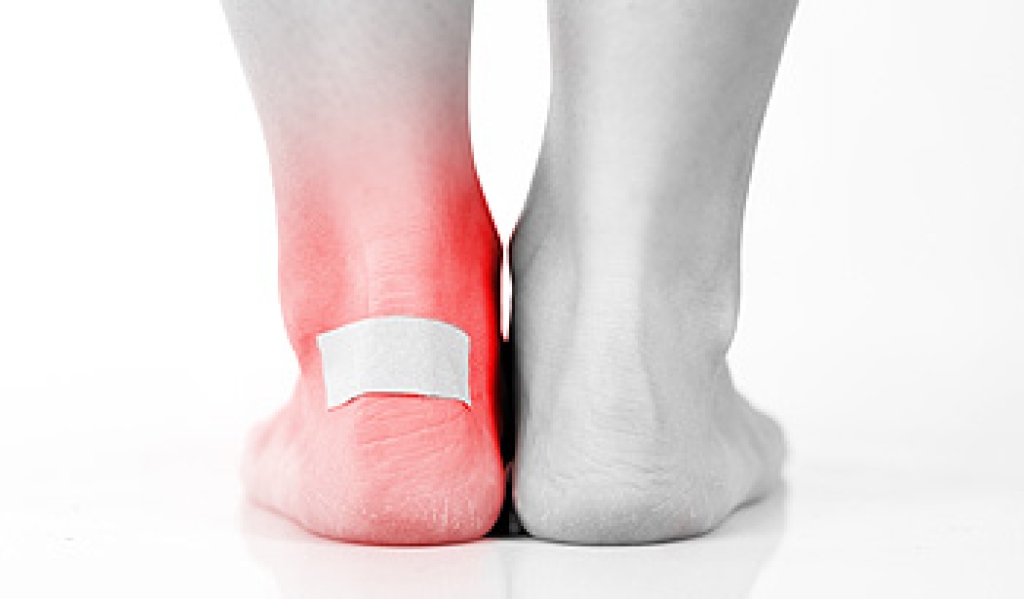
As a runner, foot problems like blisters or plantar fasciitis can be frustrating. Research shows many runners face foot injuries, which disrupt their training. Blisters are caused by friction, while bunions can develop from genetics or wearing tight shoes. Plantar fasciitis, a common foot condition, brings heel pain due to inflammation. Peroneal tendonitis and neuromas are also common, affecting foot tendons and nerves. Weakness and instability in foot muscles are main causes of foot pain. Overuse can lead to soreness or injury. Strengthening exercises, including toe yoga and arch lifts, can help to prevent issues. If you are a runner and are experiencing more than soreness from a good workout, it is suggested that you schedule an appointment with a podiatrist for a consultation, as pushing through pain can worsen injuries.
Exercising your feet regularly with the proper foot wear is a great way to prevent injuries. If you have any concerns about your feet, contact Steven Wolfington, DPM of Sheboygan Foot Care, LLC. Our podiatrist will treat your foot and ankle needs.
How to Prevent Running Injuries
Many common running injuries are caused by overuse and overtraining. When the back of the kneecap starts wearing out and starts causing pain in your knee, this is commonly referred to as runner’s knee. Runner’s knee is a decrease in strength in your quadriceps and can occur if you’re not wearing properly fitted or supporting shoes. To prevent runner’s knee, focusing on hip strengthening is a good idea, as well as strengthening your quads to keep the kneecaps aligned.
What Are Some Causes of Running Injuries?
- One cause of a common running injury is called iliotibial band syndrome.
- Plantar fasciitis is also another common injury.
- Stress fractures can occur from overtraining, lack of calcium, or even your running style.
Best Ways to Prevent Running Injuries
- Wear footwear that fits properly and suits your running needs.
- Running shoes are the only protective gear that runners have to safeguard them from injury.
- Make a training schedule. Adding strengthening exercises as well as regular stretching can help keep you strong and limber and can lessen the possibility of injuries.
- Stretching keeps muscles limber; this will help you gain better flexibility.
If you have any questions, please feel free to contact our office located in Sheboygan, WI . We offer the newest diagnostic and treatment technologies for all your foot care needs.




